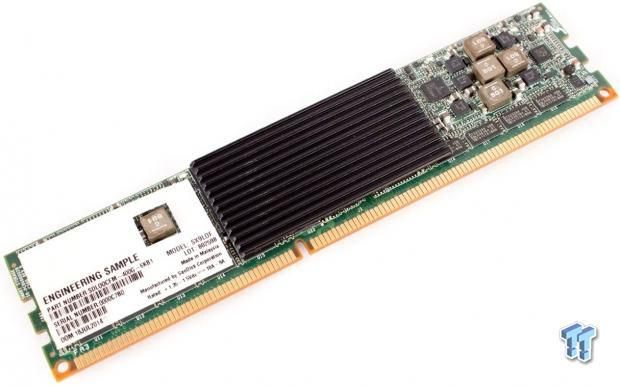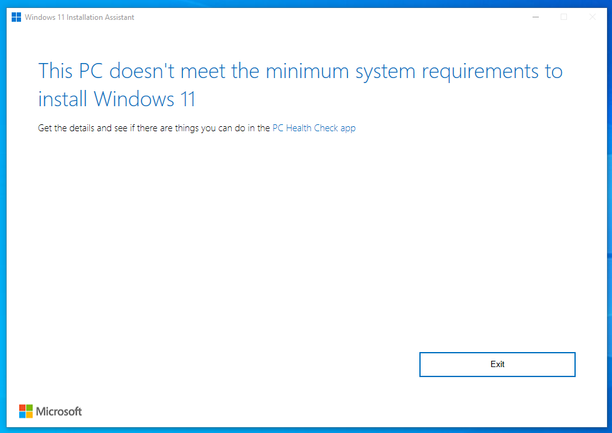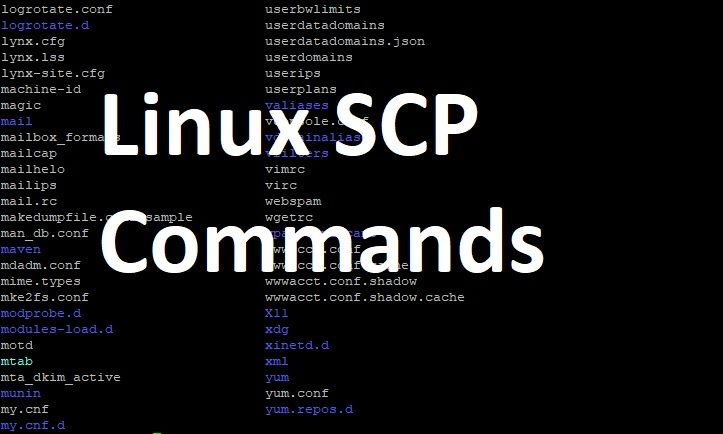
While SSDs have managed to come in form factors such as the 2.5 inch ones and those that fit in to the PCI-E slots of computers, SanDisk brings in an entire new platform that allows the SSD to fit in to the RAM slot. The company has named its new product as the ULLtraDIMM DDR3 SSD. The DDR3 SSD brings sequential and random read and write speeds to a whole new level, as well as reducing latency timings to as low as five microseconds. This is made possible by sidestepping the traditional storage stack, and communicating through the DDR3 bus.
The components present inside the DDR3 SSD comprise up of a JEDEC-compliant ULLtraDIMM that has been presented as a block storage device that comes in the 200 or 400 GB capacities.As for the storage controller, the ULLtraDIMM utilizes two Marvell 88SS9187 storage controllers (while some SSDs continue to use the LSI SandForce storage controller)that run the Guardian Technology Platform to increase endurance and reliability.
The performance heights that the two Marvell storage controllers are able to push from the device are as follows:
- Random read/write performance of 140,000/ 40,000 IOPS (input output per second)
- Sequential read/write speeds up to 880/600 MB/s
That’s not all. While the DDR3 SSD might impress potential buyers with its speed, another factor that will come in to play will be the lifespan of the SSD. The ULLtraDIMM’s durability and endurance is such that it provides users with ten drive writes per day, and a five-year warranty, courtesy of SanDisk. In addition, the drive is rated for a 2.5 million hour MTBF (mean time before fail), and host power-loss protection. Perhaps the most impressive attribute of the SSD will be its latency timing, as the five microseconds latency count is able to dwarf the PCI-E SSD latency count, which averages around 20 microseconds.
Big Data Analytics for businesses with fast latency demands.
Ultra Dimm SSD benefits
- Virtual Machines
- VMware Virtualization
- Virtual Desktop Infrastructure (VDI)
Sandisk are innovating in storage devices which result show for themselves under 5ms latency which allow us to get one step further to bringing virtual desktop’s to the consumer with faster boot up times and seamlessly run power demanding applications via a VDI server which will feel like a dedicated PC.






